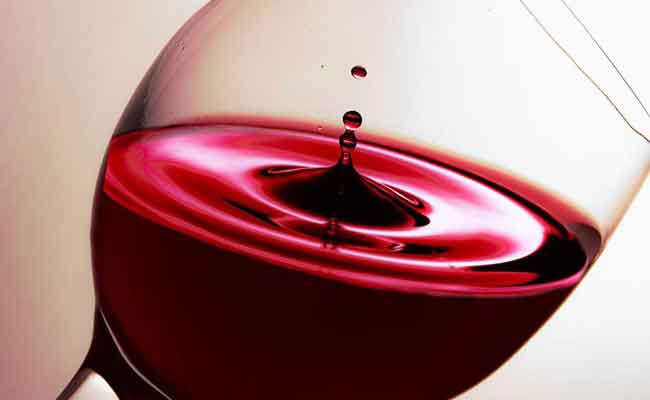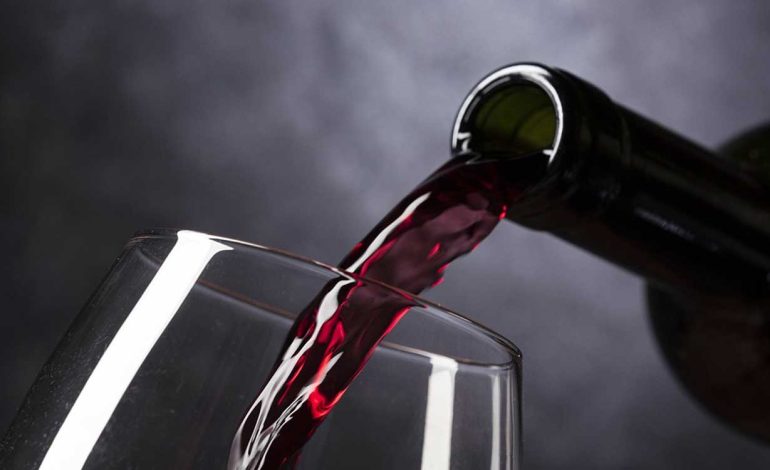Wine is not just for drinking; it is for pleasure. There is a world of difference between drinking without thinking and making the most of every mouthful. Knowing the right way to taste all its flavours might just be the key to a lifetime’s fun and appreciation.

To get more out of every sip, glass, and bottle, one simply needs to consider the wine in three stages: look, smell, and then taste.
Let’s start with the look. When tasting wine, one should begin by looking at the wine, preferably in a reasonably good, but not fluorescent, light. The same can also be tried out against a plain, pale background. When pouring, do not fill the glass too full; it makes the tasting far easier. One should hold the glass by the base stem and tip it away at an angle of 45 degrees. Look down on it to see how clear the wine is.
Wine should always be clear and bright, never cloudy or hazy. At best, the latter can be sediments that have been shaken up; at worst, it suggests some kind of contamination. Bubbles in wine can be a danger sign, indicating an unwanted re-fermentation, but a few tiny bubbles in a white wine may be deliberate with little carbon dioxide to give a bit more zip to the palate.
Swirl
For the first swirl, one should either put the glass on the table or continue to hold it by the stem or base. Then twirl it around to get the wine moving. The main point is to aerate the wine so that it releases the volatile compound, its smells, or aromas, but before one plunges one’s nose into the glass, take a look. The way the wine clings to the glass and then trickles down may tell something. A wine that tickles back only slowly and in distinct streams is fairly viscous. This is high in alcohol, sugar, or both. A wine with an edge that breaks quickly and raggedly may be old, very light, and dry.
Nose
In the third step, one should put one’s nose down on the glass and sniff. Then give the glass a second twirl, put one’s nose further into it, and sniff more deeply. Most people find one deep sniff more rewarding than several short, sharp ones, but the important thing is to do what is most effective.
The most obvious and fruity aromas come from the grapes, especially from the skin and flesh just beneath. The fermentation process yields more complex aromas, which, at their most easily identifiable, include yeast, butter, freshly sawn oak, and other oak-derived aromas such as vanilla, spice, and toast.
Wine, if it is in prime condition, always smells clean and fresh rather than stale or baked. On the whole, one should feel that the aroma is attractive. A wine that smells of vinegar is almost certain to be beyond hope.
Taste
Do the tasting by taking a sip—a generous sip, but not a mouthful—so that the reflex is to swallow immediately. Savour the flavours by rolling the wine gently around the mouth so that it reaches every taste bud. If one is alone or feeling brave in sympathetic company, open the lips and draw in some air with the slurping sound. This aerates the wine, just as the earlier twirl of the glass did, and helps send the volatile compounds up from the back of your mouth to the olfactory bulb, the most important organ at the top and back of one’s nose.
One should swallow only after getting a real sense of the flavours and feel of the wine. Also, one should pay attention to the taste that is left, known as the finish or after taste. The taste should be pleasant and should linger. The greater the wine, the more harmonious all the blended elements appear to be, and the longer and more intensely the taste lingers.
Finally, after swallowing the wine, one should be left with a taste that is undeniably clean and pleasant. It should not be predominantly tart or bitter. Also, the pleasant aftertaste should linger.
If it disappears in an instant, it is a very ordinary and simple wine, but if the taste lasts more than about thirty seconds, it is something good. Good enough to take another sip.


